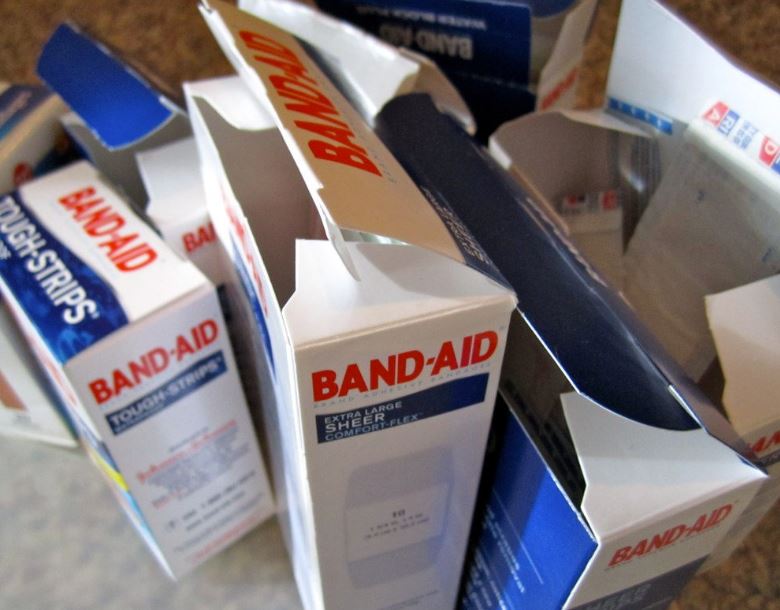
Usually, cuts don’t pose much of a health problem. But if they are not cleaned properly, they can get infected fast. And this infection will not only cause pain and swelling in the vicinity of the cut, but it can also end up spreading to other parts of the body. Because of this, it is important to know the following way to properly clean cuts.
Step One: Stop the Bleeding
The first thing to do for treating any cut is to get the bleeding under control. Wash and dry your hands before you put on a pair of protective gloves. This will prevent germs from getting into the wound, and it will also protect you from any blood borne illnesses that the person with the cut might have. Then, unwrap a thick, clean bandage. Press it directly against the wound until the bleeding stops. It might take more that one bandage to get the bleeding under control.
Step Two: Rinse the Blood Away
It is easier to tell how bad a wound is if you rinse the blood away. Use saline solution if you have it. If there isn’t any available, plain water will work in a pinch. Spray or pour the water over the wound. Check for tears and rips in the skin and debris that may still be embedded in the flesh. Then, gently blot the water off with clean gauze.
Step Three: Disinfect the Wound
Water will only rinse the cut. It won’t kill any germs that have gotten inside it. So it is important to use peroxide to disinfect it. The conscientious use of peroxide for remediation is common because it is so safe, which is why peroxide can be used for wounds too. Drizzle it freely over the cut until it starts to foam. It only takes it a minute or so to kill all the germs.
Step Four: Bandage the Cut
Dry the cut off with a clean piece of gauze. Then, apply a bandage to the wound. This will prevent further germs from getting inside. A new bandage must be used each time that the wound is cleaned.
This helpful information is not meant to replace proper medical treatment. Deep punctures or wounds that are causing profuse bleeding should not be treated at home. And if an infection occurs despite the proper cleaning methods being used, don’t attempt to do anything further to the wound until you have a doctor look at it.

